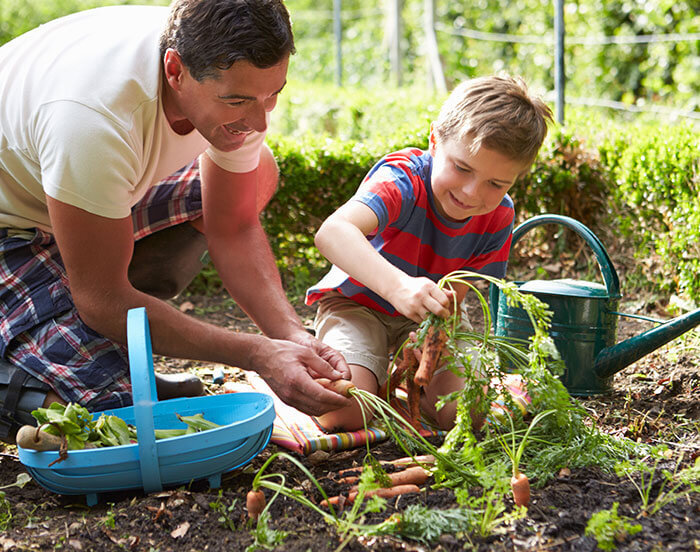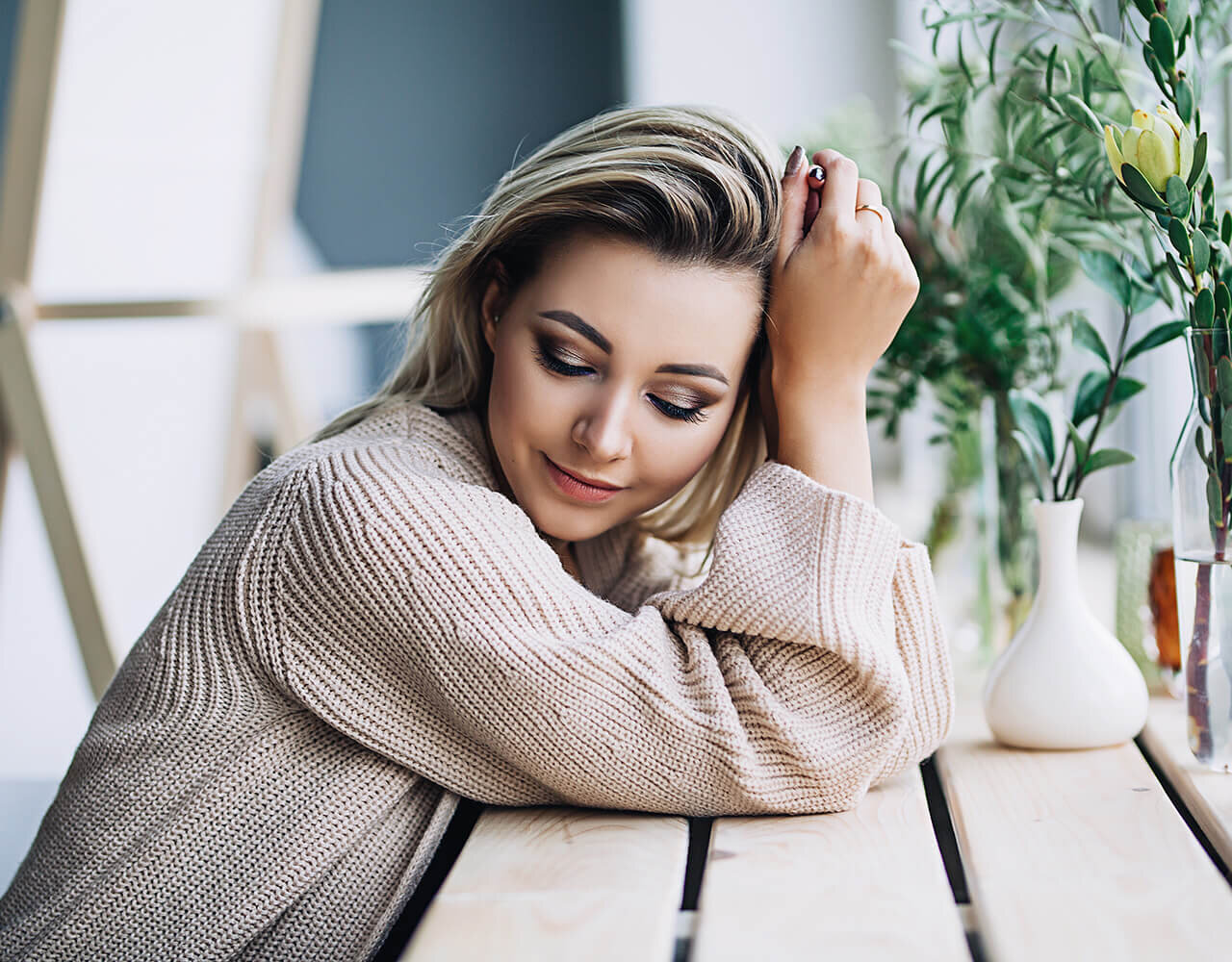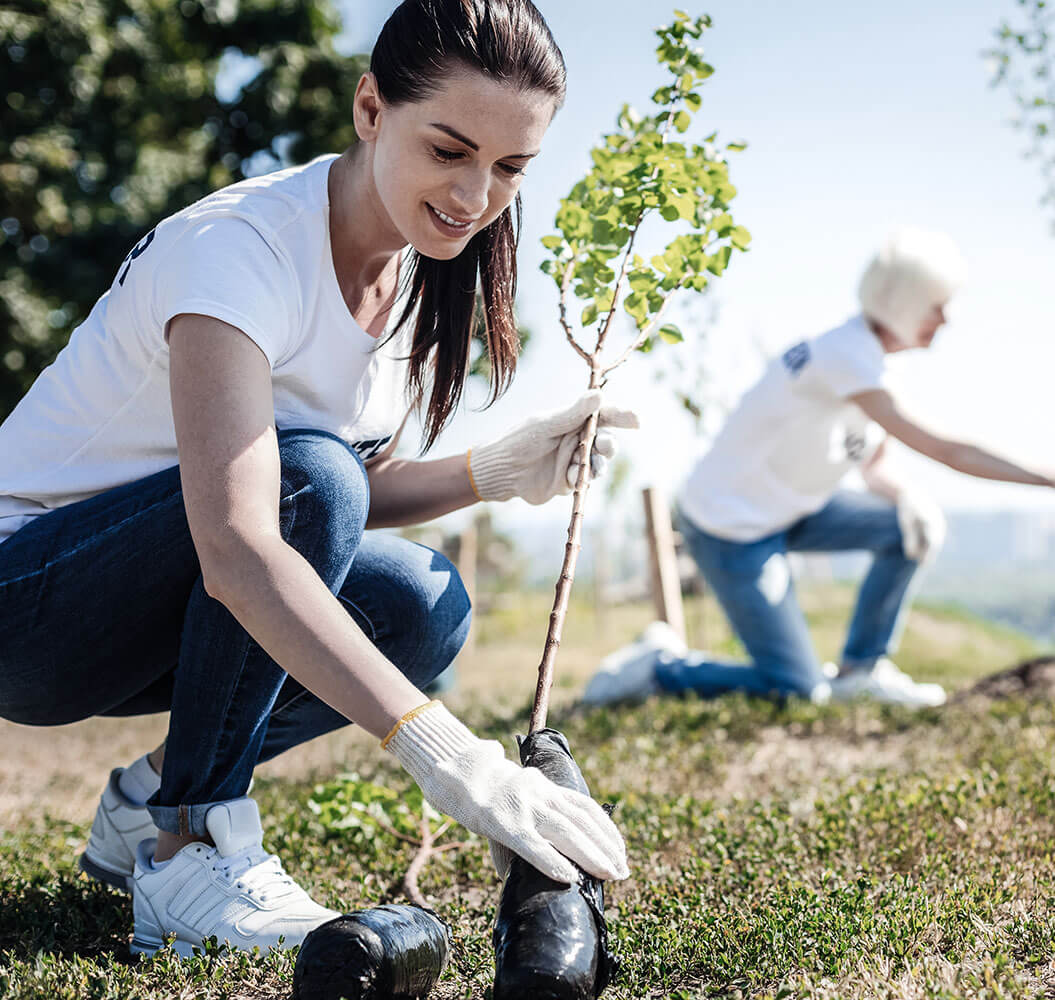Summer Gardening Tips
Growing Your Own Garden: Tips for a Thriving, Rewarding Experience
Growing your own garden is a truly rewarding experience. Watching a tiny seed transform into a flourishing plant is not only satisfying but also a great way to connect with nature and enjoy the fruits (or vegetables!) of your labor.
Every gardening season is unique—what thrived last year might struggle this year due to changing conditions and factors beyond your control. That’s why every new seedling sprouting is a small victory, making the effort even more fulfilling.
To maximize your garden’s potential, it’s essential to fine-tune your planting process. From choosing the right seeds to ensuring optimal soil conditions, small adjustments can yield amazing blooms and bountiful harvests.
Explore our gardening tips below to boost your success and create a vibrant, thriving garden. And remember, the most important part of gardening is to enjoy the journey!
Choosing Your Plot and Soil Quality
Summer Gardening Tips: Choose Your Plot and Soil Quality
If you’re just getting started with gardening, you should first consider the amount of time you’re willing to invest. It takes about 1.5 minutes per square foot a week to maintain a garden.
So if you have a 25 square foot garden, you’ll have to commit about 40 minutes a week to water, weed, prune, harvest, etc. For beginners, this is generally a good size to start as you don’t have to spend too much time and if your garden fails, you won’t be losing too many plants.
Once you’ve planned out how much time you have available for your summer garden, choose a good plot of land. You’ll want to place your garden where you will see it regularly, that way you’ll spend more time on it.
At the same time, the plot should be somewhere that gets the appropriate amount of sun for the plants you plan on growing. Before you set up your garden, observe how the sun moves across your yard.
Most edible plants, including plants, herbs, and fruits, need at least 6 hours of sun to thrive. If your yard is mostly shade, there are still plenty of shade tolerant plants you can choose from!
After you’ve found the perfect spot in your yard for your garden, you should check the soil quality. If your soil has a beautiful dark brown color and feels rich and loose, you can probably plant directly into the ground. With that said, you should run a soil test first to see your nutrient level. Even with good soil, you might need to adjust with some fertilizer or organic compost.
Not every house has ideal soil conditions. If you have sandy, gravelly or clay soil, you should create a raised bed that has at least 12 inches of nutrient-rich soil. Purchase soil and/or fertilizer based on the plants you’re growing as some require more of a certain type of nutrient.
For example, tomatoes require a lot of nitrogen while basil requires a more balanced amount of nitrogen, potassium, and phosphate.
Plant Early and Often
Just because you have a small garden doesn’t mean you stop growing once you’ve stuck the plants in the ground. In fact, it’s better to continue growing throughout the season. There are a lot of benefits to this method:
You can grow a variety of plants for your garden as some things have faster growing seasons than others. For example, leafy greens grow very fast so you can harvest lettuce and kale multiple times in the late spring/early summer.
If your initial set of seeds fail, you will have a second batch of seedlings to replace them
It’s a great way to test what plants work well in your garden and for you. Some plants require more maintenance and space than others
Helpful Gardening Advice: Plant Early and Often
In terms of when you should start planting, you should first find out what hardiness zone you live in. You can easily find this on the USDA site or on the back of your seed packets.
Depending on where you live, you might not be able to grow certain plants without some additional help from greenhouses, grow lights, and more. It’s not impossible to grow plants outside of your zone, but it is much harder especially for new gardeners.
The hardiness zone not only tells you what plants you can and cannot grow, it also gives you a general idea of when you should start. For the most part, the rule of thumb is to start planting outdoors after the last frost. Since this can vary even within the same state, it’s up to you to use your judgement.
If you want to get started before that, you can always plant your seeds indoors and then transfer the seedlings to your garden once it gets warmer. This way you can keep get a bit of a head start and lengthen the growing season.
Space it Out
Plants need three things: sun, water, and nutrients from the soil. While some plants do all right when you pack them together, others require plenty of space in order to thrive.
It’s one of the reasons why you shouldn’t just throw a random assortment of seeds into your garden and hope for the best. The most successful gardens require planning.
For example, if you want to grow vegetables, you could get away with crowding lettuce or beans close together as they grow quickly and take up a relatively small footprint. However, larger plants such as squash require plenty of space to spread out.
Likewise, tomatoes require more space as they grow slowly. You might think that herbs such as rosemary, sage, and oregano don’t need much space since they are just greens, but they actually need some breathing room.
You should also consider what plants you can grow close to your garden to attract potential pests. If you plan on growing lettuce or other leafy greens, you’ll quickly find that aphids will destroy your crop. Instead of spraying your greens with pesticides, plant some nasturtiums nearby to attract the aphids.
You can also plant garlic and chives to repel them! There are plenty of plants who benefit from having companion plants nearby as they can provide:
Natural supports for low growing or sprawling plants. An example would be sunflowers next to cucumbers or snap peas
A boost in plant health for both plants by eliminating competition.
Weed prevention
Regulated shade and wind to help more fragile plants during those hot summer days
Do a quick search for companion plants for the flower, fruit or vegetable you want to grow and consider growing them next to each other. You’ll be improving your garden’s health and increasing your overall yield! Just make sure that when you’re growing different types of plants next to each other, you group them together by water and sun needs.
Thin Your Seedlings
There comes a time where you’ll have to make a choice: which seedlings to keep and which ones to thin. This decision can be difficult, especially if you’re a first-time gardener.
How do you know which ones will grow into healthy, strong plants? It might seem better, at first, to just keep everything and let nature take its course. However, much like overcrowding your garden, if you don’t thin your seedlings then you’re negatively affecting all of them.
They will be competing for sunlight, water, and nutrients, which means you’re diverting these precious resources away from the healthiest plants. Instead, you’ll end up with plants that aren’t super strong. In the worst case scenario, you could end up with a failed garden.
When thinning plants, only keep the strongest, greenest, and healthiest looking seedlings. If you’re still unsure, look for signs of unhealthy plants such as yellow or browning leaves, thin and long stems, small leaves, and short growth.
Don’t rip out the seedlings from the ground as this can disturb the roots of the healthy plants. Instead, grab a pair of scissors and snip the other plants away as close to the soil surface as possible. Although you might not need to thin for leafy greens, it’s an important step for plants like tomatoes, beets, zucchini, and peppers.
Preventing Disease and Pests
The best defense against diseases and pests is prevention. You don’t want to treat your plants for diseases and pests after the fact as by then it’s probably too late to save them. Instead, focus your efforts on growing healthy plants. That means taking the time to enrich the soil with compost or fertilizer at the beginning of the season.
When it comes to combating bugs there are a few solutions. As noted earlier, you can plant companion plants to either repel pests or attract helpful bugs that eat these pests.
You can also use something called diatomaceous earth, which is non-toxic powder you can spread around your garden. This powder is actually made up of tiny, fossilized plants and shells and while it is harmless to humans and your pets, it is fatal to insects.
Diatomaceous earth has microscopic sharp edges that cut through an insect’s protective covering and eventually dries them out. Since this is not a pesticide, insect’s cannot build up a resistance to it. It’s a great option if you have problems with pests that eat holes in your leaves.
As much as possible, avoid using broad-spectrum sprays. While they might get rid of pests, they will also wreak havoc on the beneficial insects. They’re also bad for the environment and not great for you or your plants.
If you don’t notice any pests or diseases, but your plants still look unhealthy then it might be something you’re doing (or not doing). A lot of beginner gardeners overwater their plants, leading to root rot. Depending on what you’re growing you might only need to water once a week! In other cases, your plants might just need a little more nutrients, so mix some fish emulsion to your watering can as this allows the plants to access the nutrients quickly.
Check Your Plant Yields
Sure, you might only need to spend 1.5 minutes per square foot to maintain your garden, but that doesn’t take into account your daily observation. It’s really important to pay attention to your plants and take note of how much each plant is producing.
It’s easy to overplant certain vegetables and if you don’t plan it out you might end up with way too many tomatoes and zucchini. This is something even experienced gardeners struggle with so don’t feel bad!
Before you start planting, go talk to a local nursery or even more experienced gardeners to talk about their experience. Ask questions and give them details about how you plan to harvest the vegetables and fruits and the size of your family.
If it’s just you, you probably won’t need more than one or two tomato or zucchini plants. Even if you’ve started growing, it’s good to know early whether you’ve overplanted or not. This way you can give extra seedlings to family, friends, or neighbors.
Think Beyond Veggies
Yes, vegetables are a great option since there’s a sense of pride in growing your own food. However, you don’t have to stick only to vegetables. Flowers are also a great option for gardens.
Not only do they add a pop of color, they’re also great at attracting pollinators and some, such as marigolds and nasturtiums, attract pests away from other plants.
Some other great options for the garden include herbs such as rosemary, basil, lavender. Do you hate dealing with mosquitos when gardening? Plant some citronella around the perimeter of your garden to keep them away. Looking for a zero-calorie way to sweeten your drinks and desserts? Plant some stevia in your garden! There are many more plants to choose from so find some that suits your needs.
Summer Gardening Tips To Help You Get The Best Harvest This Season
Gardening is a rewarding hobby that doesn’t have to take too much time, so long as you keep it small. You don’t need a lot of space so you can start even if you live in a small apartment as long as you get some sunlight.
Of course, if you want to grow a variety of different fruits, vegetables, and flowers it’s good to have at least 25 square-feet of space and at least six hours of sunlight if you plant to grow herbs, vegetables, and fruits.
Hopefully, these summer gardening tips will help you get started on your summer garden. Even if you’re not quite confident in your abilities, try to grow a few simple things at first. From there, build up your knowledge and connect with other gardeners to exchange tips.
It’s important to learn both from your own experience and other people’s! More importantly, make sure to keep an eye on your plants and note how they are doing to figure out what is and is not working for you.
Lisa Czachowski is a professional social blogger and has worked on several online publications including Citrus Sleep. Lisa is an experienced content writer and copyeditor. You will find many of her works throughout CitrusSleep.com that cover a wide array of subjects including sustainability, natural, sleep products, health, fashion and many more. She is passionate about what providing as much information as possible on products you bring in your home and what we wear.
Follow Lisa at Lisa Czachowski

















